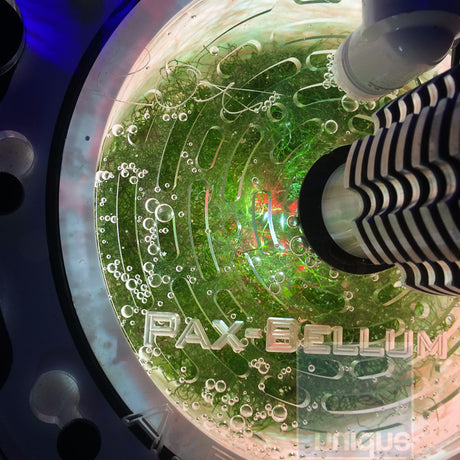
Everything you need to know about the Pax Bellum A.R.I.D., Part3 - Operation
By Toni Xlong
How many hours should the reactor be on for? Macro-algae needs to be acclimated to intense light just like corals do. When loading the ARID reactor for the first time...
Read more